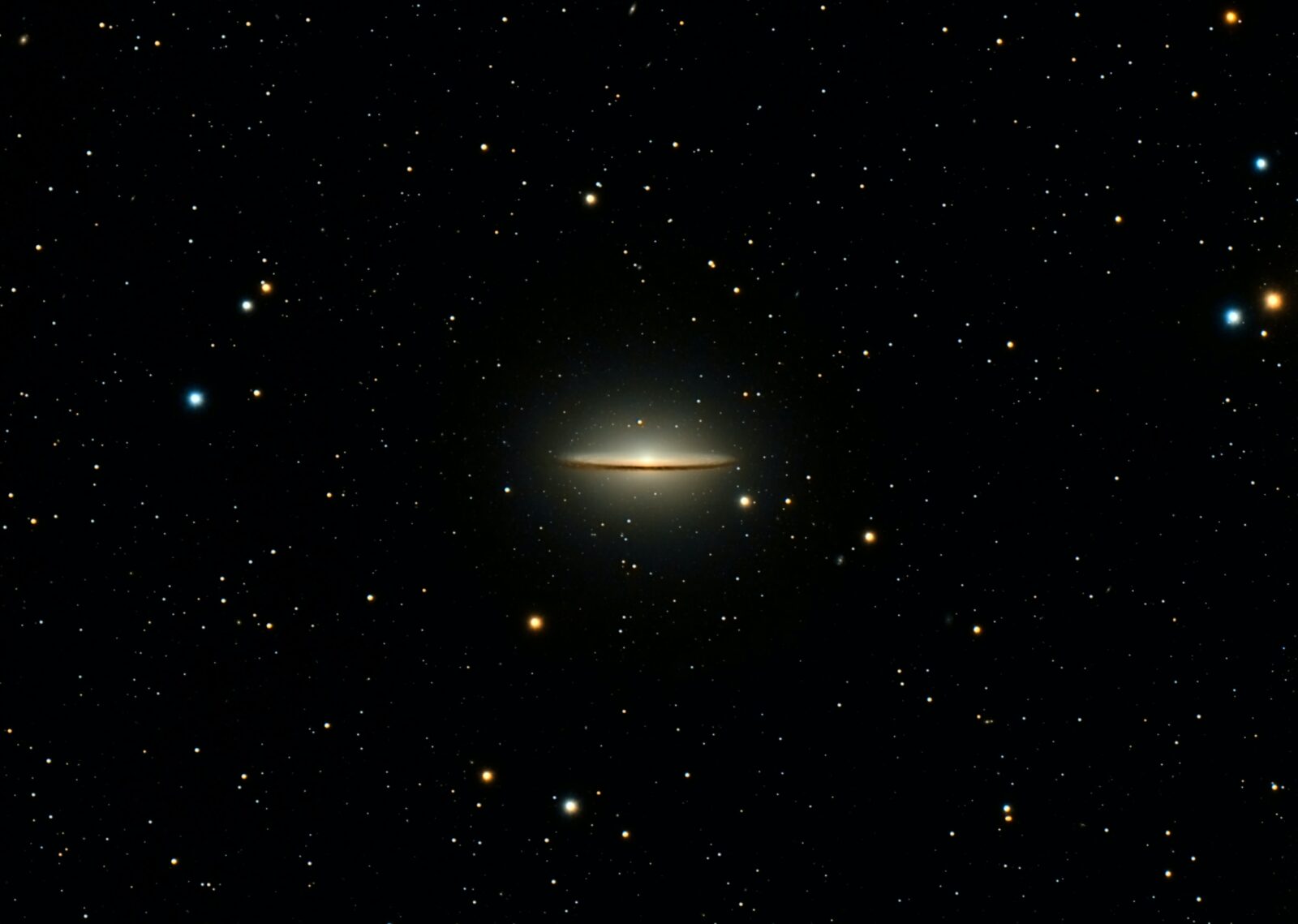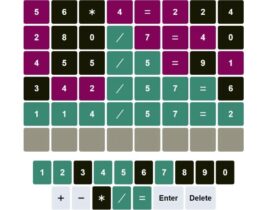We can simulate the Solar System’s planet movements quite precisely using Newton’s rules of physics. Disc galaxies, on the other hand, were found in the early 1970s to defy Newton’s theory, with stars at their outer borders moving far faster than expected by the theory.
Because of this, scientists came up with the generally accepted notion that “dark matter” – an unobservable material – was exerting an additional gravitational attraction on the stars, causing them to accelerate. According to the findings in a recent study, an alternative explanation of gravity termed Milgromian dynamics or Mond – which does not need any unseen matter – is far better suited to explain data over a wide range of scales. In 1982, Israeli scientist Mordehai Milgrom came up with the idea.
Mond’s main claim is that gravity departs from Newtonian physics when it gets very weak, as it is towards the edges of galaxies. If stars, planets, and gas outside of over 150 galaxies spin faster than predicted based on their observable mass alone, this might be one explanation. Mond, on the other hand, not only explains but also predicts such rotation curves.
Scholars have claimed that Mond is superior than the conventional cosmological model because of his ability to accurately forecast the distribution of dark matter in the cosmos. Specifically, this is because according to our current understanding of galaxy formation, the quantity of dark matter in a galaxy may be very variable. This means that it is impossible to estimate how fast galaxies will revolve. Mond, on the other hand, has consistently delivered on these kinds of forecasts.
Dark matter theory flaws
Galaxy bars—rod-shaped luminous patches comprised of stars—are a common feature of spiral galaxies, and the mainstream cosmological model fails to account for them (see lead image). As time passes, the bars move in different directions. The bars of galaxies would slow down if they were encircled by enormous halos of dark matter. The majority of galaxy bars, if not all of them, are rapid. The conventional cosmological model has been shown to be false with a high degree of certainty.
They also made a huge error in the initial models that showed galaxies contain dark matter halos. They thought that the dark matter particles gave gravity to the stuff surrounding it, but were not impacted by the gravitational pull of regular matter. This sped up the computations, but it fails to capture the true nature of the situation. Subsequent simulations showed that dark matter halos surrounding galaxies failed to explain their characteristics when this was taken into consideration.
The analysis of the mainstream cosmological model uncovered many more problems, and Mond was frequently able to provide a natural explanation for them. The conventional cosmological model’s popularity may be due to computational errors or a lack of information on its faults, some of which were just recently uncovered. Some of this may be attributable to the fact that the gravity theory has been so effective elsewhere in physics that people are reluctant to change it.
Scientists concluded that Mond is highly supported by the available evidence because of its significant lead over the mainstream model. In spite of their reservations, they believe Mond captures the main picture correctly — galaxies do not contain dark matter as previously thought.













Leave a Reply